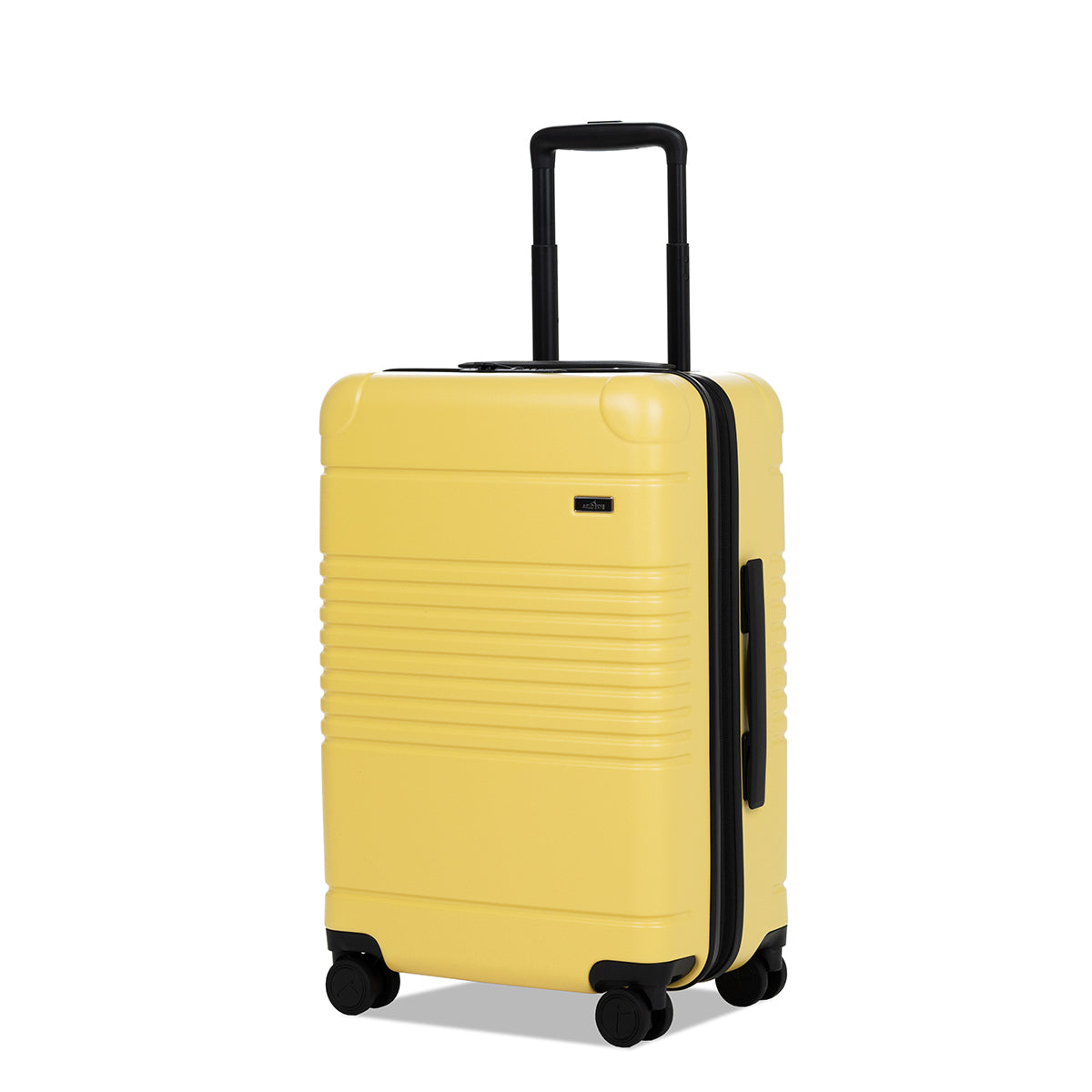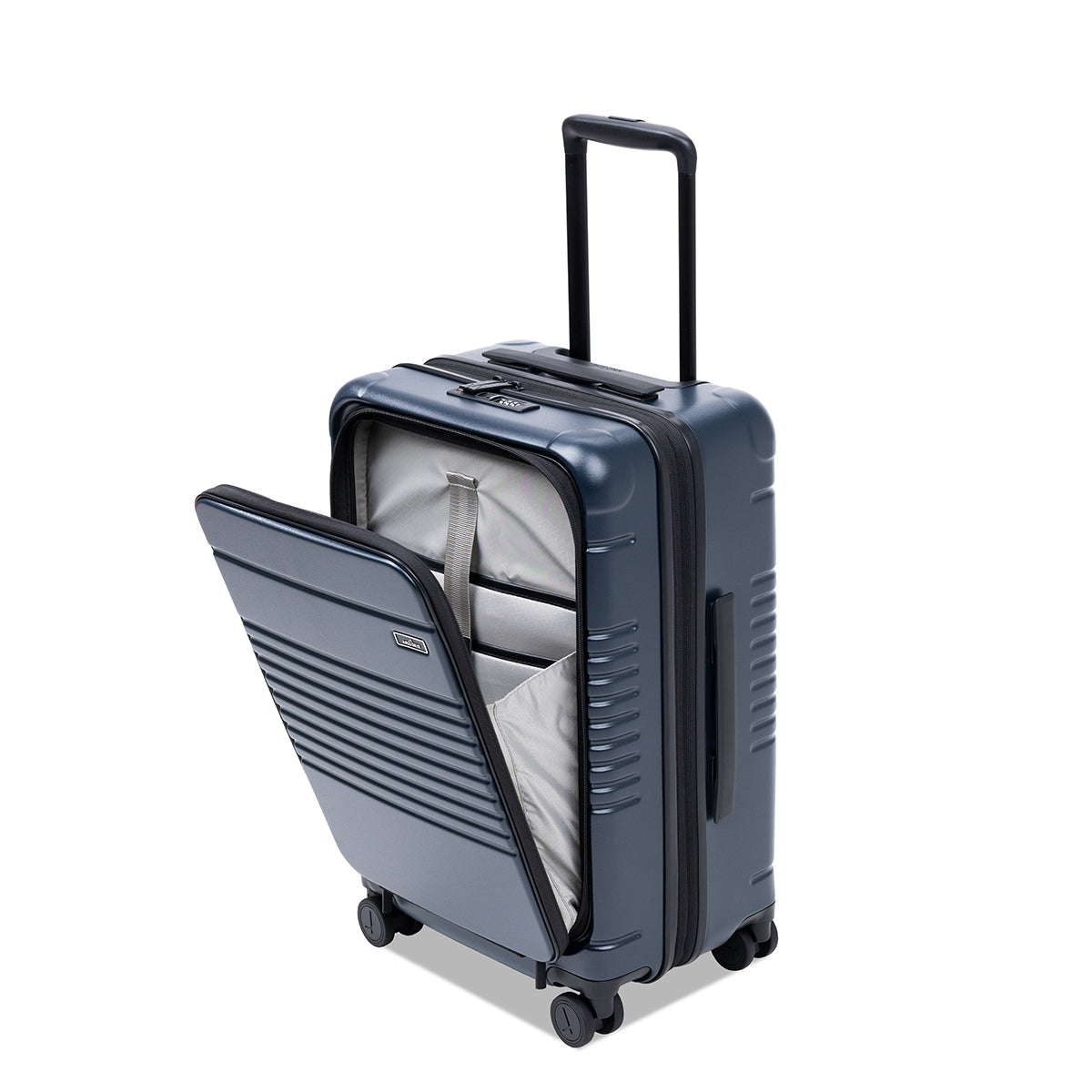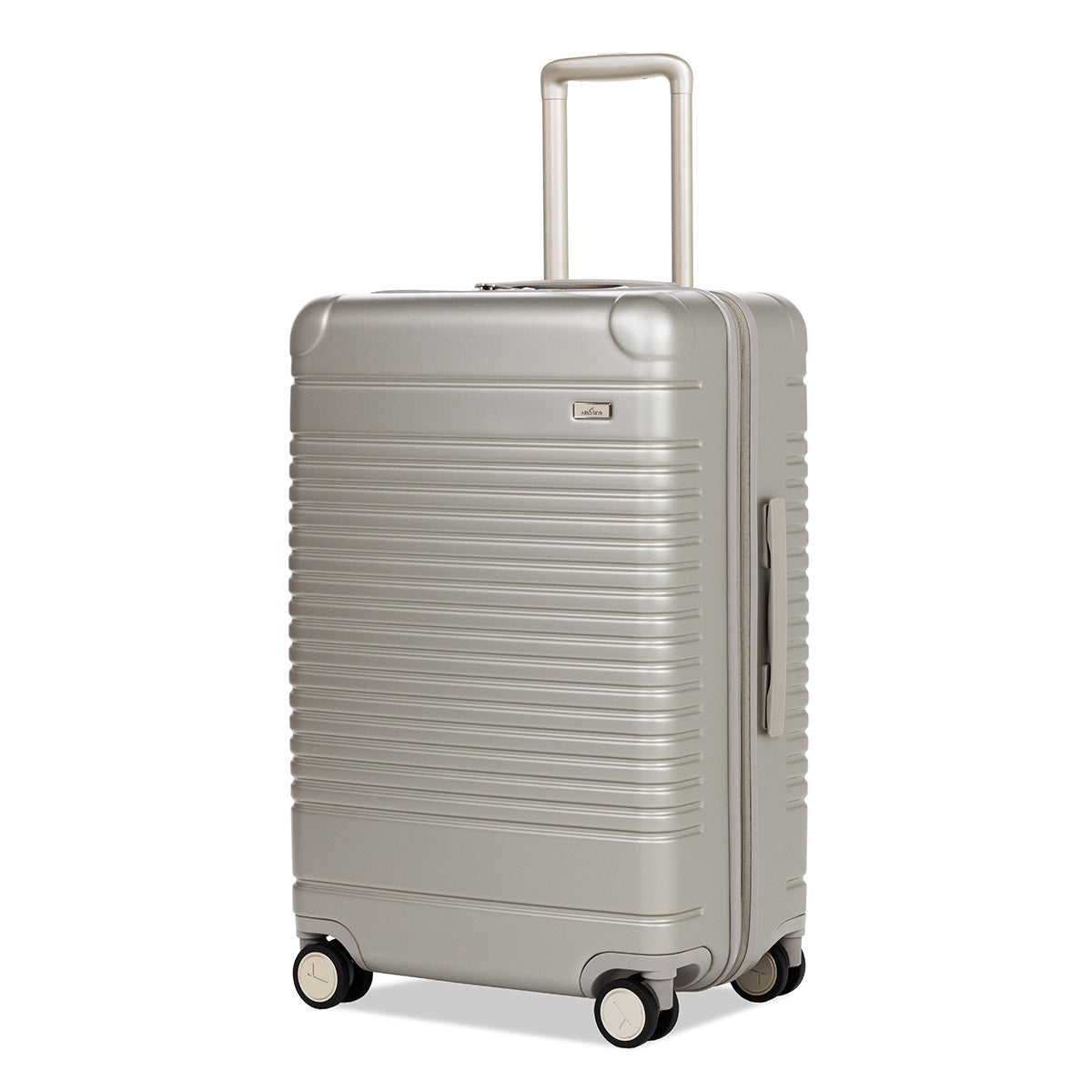Tourism has long been a numbers game. For many years, it was all about securing more bookings and cramming more passengers into hotels and onto airplanes and cruise ships. The pandemic changed all of that. While travel is certainly in a better place now than it was during 2020 (dubbed “the worst year in tourism history” by the World Tourism Organization) tourism on a global scale isn’t expected to make a full comeback to pre-pandemic levels until 2024. What’s more, the hospitality industry is feeling a labor squeeze, and lingering restrictions in many countries continue to cause hesitancy in some travelers. However, there is light at the end of the tunnel — so much light. All of these challenges, along with the pandemic-induced hiatus from travel many people were forced to endure, have made us realize we were going about it the wrong way all along. Here are four fascinating trends emerging in the world of travel that could make the pursuit of new discoveries so much more meaningful.
Tourism is becoming more mindful

Photo: Zapata Ranch by Lucy Laught.
More people have begun looking at travel through the lens of mindfulness, considering their impact on the places they visit and choosing destinations for their people and culture rather than the social media-induced hype that surrounds them. For example, at Zapata Ranch in Colorado, guests can experience firsthand what it’s like to stay on a working cattle and bison farm while learning about how ranching can aid conservation efforts. And some companies are shining a light on underrepresented minorities, like Mexican startup Rutopía, which connects travelers with indigenous hosts living in rural communities. These kinds of experiences enrich everyone involved — visitors gain a deeper understanding of the local culture through meaningful, grassroots-level experiences, and local communities benefit from their business.
Travel is intertwining with everyday life

Photo: Selina Colive, Atitlan, Guatemala.
“When offices closed…the pipe dream became a possibility for many,” said Fast Company’s Amy Farlene, speaking about the rise of digital nomadism in the new era of remote or hybrid work. Finally free of the obligation to report to the same office day in and day out, many travelers are taking advantage of this new untethered existence to turn travel into a way of life, bouncing from one destination to the next while working. In fact, trend research firm Backslash’s findings showed that 57% of people across income brackets plan to travel out of town while working remotely. There’s a big shift happening from hoarding vacation days for one-off getaways to weaving travel into the fabric of our existence. This has given rise to entirely new kinds of businesses like nomad concierges, flex packages, and apart-hotel living that caters to remote workers drifting from place to place. Adult “gap years” are gaining popularity, demand for travel agent services is up, and The Observer predicts that “by 2025, the hotels that remain will focus more on subscriptions than nightly rates.” This trend is evident in programs like Selina CoLive, which offers guests a program that includes stays at up to 10 global Selina locations over 30 consecutive nights. And for families craving a less stationary way of life, there are programs that offer coworking retreats with affordable childcare, like The Family Workation.
Travelers are prioritizing immersive experiences

Photo: Rancho La Puerta, Baja, California.
Personal travel coach Dylan Grace said that travel is becoming less about the “where” and more about the “why.” The pandemic prompted many of us to reexamine our priorities and habits, to look inward and reassess what brings us joy. This is manifesting in the kinds of trips and itineraries travelers are seeking today. More and more, experts are seeing demand for vacations built around the body and mind, as well as a craving for unique, immersive experiences. Rural tourism is gaining immense popularity — it’s grown so quickly in China that Trip.com will invest one billion yuan to grow the sub-sector over five years. In the same vein, Booking.com found that trips involving outdoor activities, like hiking, continue to dominate in terms of demand. People began to prioritize health, self-care, and mental wellness during the pandemic. Now they seek travel experiences that complement these habits and allow them to continue their routines while on the road. More people are seeking transformative vacations, whether it’s participating in a wellness retreat in the Arizona desert or joining a shaman-led, ayahuasca-induced journey in the Amazon.
Hospitality brands around the globe are already tapping into the trend. Rancho La Puerta in Baja, California resort recently introduced a class called “Computer Vision and the Effects of Blue Light and Sleep” to help guests reset after a year spent on Zoom calls. At the all-inclusive Soltara Healing Center, set amid 22 acres near the Gulf of Nicoya in Costa Rica, stays run from $2,600 to $8,900, depending on the length and room style. The main event of the itinerary, which ranges from 5 to 12 nights, isn’t a boozy luau or snorkeling excursion but an ayahuasca ceremony led by native Shipibo healers. Montage Palmetto Bluff, meanwhile, a sprawling luxury resort in South Carolina’s low country, offers guests an opportunity to participate in research led by scientists at the Palmetto Bluff Conservancy. Research initiatives include surveys of alligator, turtle, white-tailed deer and bird populations, monitoring of bald eagle nests, a study of cavity-nest use and correlation with habitat, and the analysis of artifacts from the antebellum era.
Everyone’s going off the beaten path

Photo: Camp Sarika, Utah by Aman Hotels.
In keeping with all the trends outlined so far, industry experts are noticing a change in where people want to go. Destinations that once flooded Instagram feeds — Santorini’s Oia, Iceland’s well-photographed Blue Lagoon, and on and on — are still popular endroits, but this idea of ticking boxes on a “greatest hits” list for travel has fallen out of favor. New frontiers and off-the-beaten-path places are luring visitors with their mystery and authenticity. These can be as secluded and hard to reach as Koyasan, located high in the mountains and deep in the cedar forests of Japan’s Kii Peninsula. Or they can be close to home yet seemingly a world away — like Michigan’s wild and rugged Upper Peninsula. Dark Sky Preserves are piquing travelers’ interest, as are national parks and tiny, overlooked villages around the world — places that don’t have a long history of tourism. These destinations feel more real, less tampered with, and thus more appealing than a place everyone you know has been to. Backslash’s report declared that “after over 18 months of monotony, travelers are looking to make up for lost time with experiences that fulfill their cravings for escapism, self-expression, and over-the-top amusement.” We couldn’t agree more.
The information in this piece is based on a report by Backslash that leveraged cultural intelligence to unlock four opportunities for disruptive growth in travel. The report’s findings were based on months of in-depth qualitative and quantitative research, strategic ideation, and collaboration among 44 Culture Spotters from 26 global TBWA offices.









